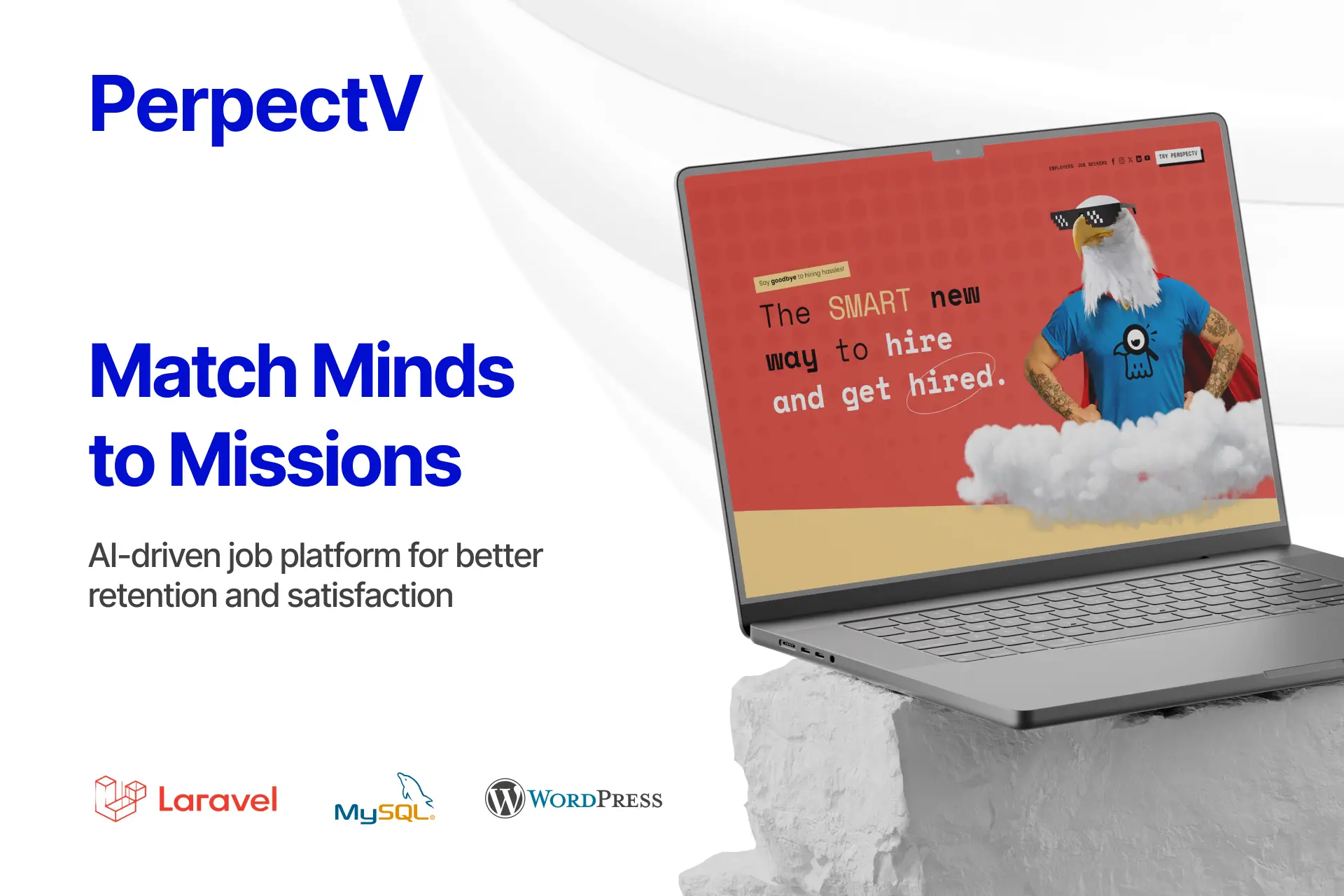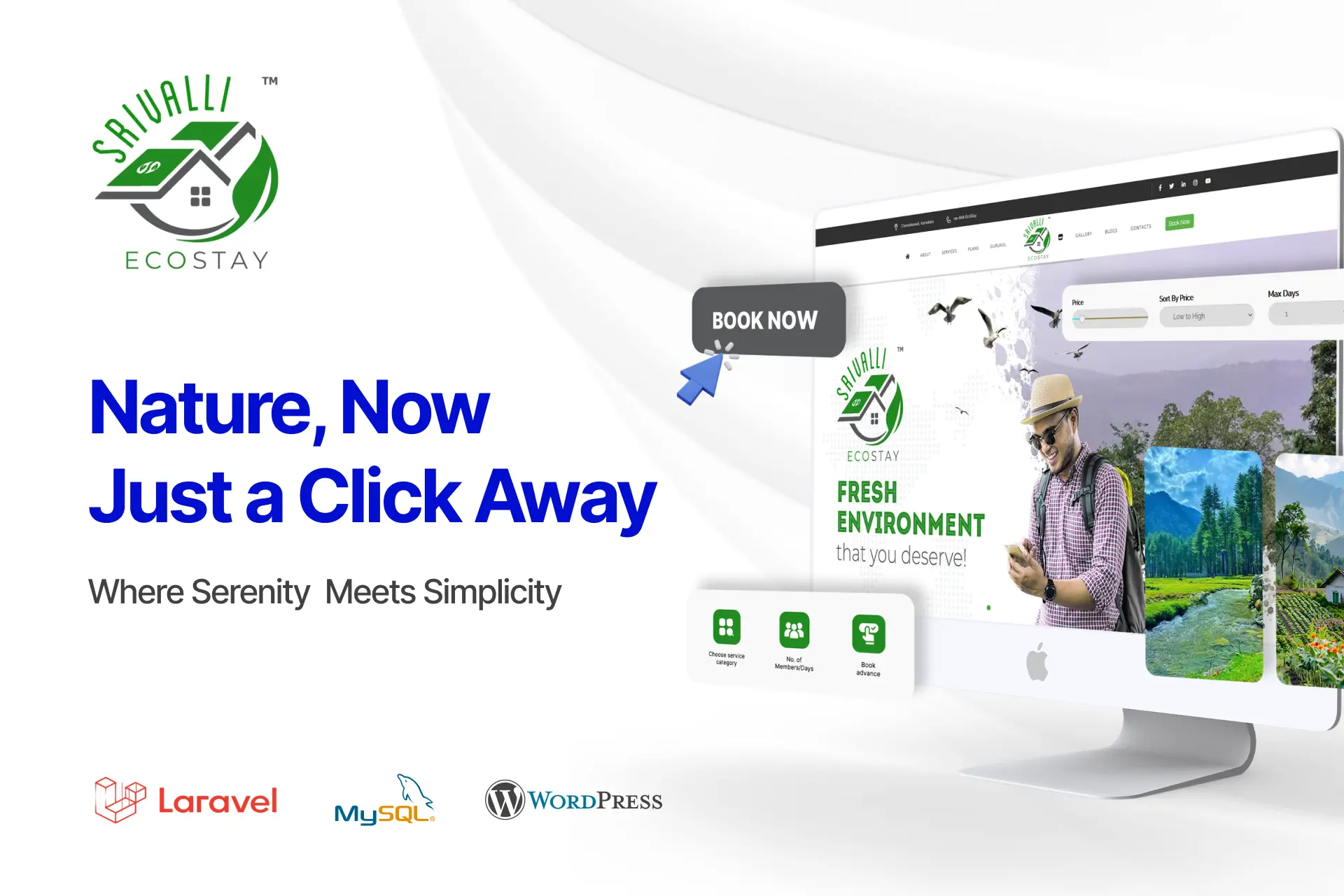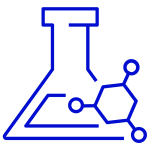Introduction: Why Speed Matters in AI
Everyone’s talking about AI transformation, but very few actually ship something that works.
Executives and founders tell us the same story:
“We have a great idea, but our data team says it’ll take six months. By then, the opportunity’s gone.”
That’s why we built a 7-day AI MVP framework, a practical, no-fluff approach to go from concept → prototype → pilot demo in one week.
It’s been used across logistics, healthcare, retail, and even government projects to test and prove AI ROI before large investments.
If you want to validate your AI idea fast, this framework shows exactly how and how we at Nyx Wolves guide companies through it.
Day 0: The AI MVP Canvas
Start by framing the business problem precisely. Ask: What process are we trying to optimize, and what pain does it cause today? Instead of “We want an AI chatbot,” rephrase it as “We want to reduce average support resolution time by 50 %.” That clarity keeps your engineers, analysts, and sponsors moving toward tangible AI MVP goals that connect directly to business priorities.
Once the problem is defined, convert it into a quantifiable outcome. Every MVP should tie to at least one key metric, that is, cost, speed, accuracy, or user experience. For example, “Reduce invoice processing time by 60 % using OCR + LLM summarization.” This not only guides model evaluation but also sets expectations for measurable returns, serving as your first layer of AI ROI proof.
| Step | Key Question | Output Artifact | Example |
|---|---|---|---|
| Problem Definition | What business pain are we solving? | Problem Statement Doc | “Manual claim validation → 12 hrs avg.” |
| Quantifiable Win | Which KPI will we move? | KPI Sheet / Goal Card | “Reduce turnaround time by 60%.” |
| Stakeholder Map | Who owns, signs off, and benefits? | RACI Table / Stakeholder Matrix | Ops Lead (A), CTO (R), Finance (I) |
| MVP Success Metric | What qualifies as ‘done’? | Success Checklist | “≥ 70% accuracy, < 2 s latency.” |
Next, identify the stakeholders. Determine who owns the workflow, who approves deployment, and who will eventually maintain it. Getting them aligned on Day 0 prevents scope creep and ensures smoother buy-in during demo week. Proper ownership alignment is a subtle but vital part of AI project scoping, it keeps everyone accountable for both innovation and impact.
Finally, outline what “MVP Done” actually means. Define the finish line in measurable, time-boxed terms: a working prototype achieving minimum acceptable accuracy, latency, or automation percentage within seven days. Having this success criterion transforms your sprint from exploration to execution.
Day 1: Audit Your Data & Run a Feasibility Sprint
Day 1 is where you perform your first data audit for AI, examining the quality, consistency, and accessibility of your information before committing to model development.
Begin by assessing your data readiness.
- Do you have labeled data or structured logs that an algorithm can learn from?
- Are these datasets compliant with privacy and regulatory standards such as GDPR, SDAIA, or HIPAA?
- Is your data balanced, diverse, and recent enough to reflect real-world conditions?
If not, decide whether you can generate synthetic data or tap into open-source datasets to fill the gaps.

Next, run a short AI feasibility study with your technical and business teams. Ask a single defining question: “Can we realistically solve this problem with the data available today?” If yes, proceed; if not, simulate or fine-tune an existing open-source model to stay on track. Finally, capture baseline performance metrics, current accuracy, turnaround time, or error rates to establish your AI POC data validation benchmarks. These numbers become your proof of ROI later, showing that your MVP is solving a measurable, data-backed business problem.
By the end of Day 1, you’ll have clarity on three fronts:
- Whether your data is ready,
- Whether the problem is technically feasible, and
- How you’ll measure improvement once the MVP is live.
This combination of data readiness and feasibility analysis transforms a vague AI idea into a validated, investment-ready opportunity, one that sets a strong foundation for the rest of your 7-day sprint.
Day 2: Architect for Speed, Not Perfection
On Day 2, you shift from idea to structure. This is where your AI MVP architecture takes shape, not as a perfect product, but as a testable engine that can deliver value fast. Think of it as building scaffolding, not skyscrapers. The goal is to create an adaptable AI prototype framework that proves your idea works under real conditions.
Choose simplicity over complexity, lightweight microservices, modular APIs, and reusable components. Pick a rapid-development stack that favors velocity: FastAPI for backend logic, LangChain + Qdrant for model retrieval, and Streamlit or Next.js for an instant interface. Cloud or edge deployment depends on latency and privacy needs, so decide fast, deploy faster.
Rapid AI MVP Architecture Canvas:
| Layer | Purpose | Preferred Tools | Best Practice |
|---|---|---|---|
| Infrastructure | Decide between Cloud or Edge | AWS / GCP / Azure | Choose based on latency & privacy |
| Backend Core | Build core logic & APIs | FastAPI / Flask | Keep micro-services modular |
| AI Layer | Model integration & retrieval | LangChain / Qdrant / OpenAI API | Containerize for reuse |
| Interface | Quick visual feedback | Streamlit / React / Next.js | Prioritize clarity over design |
| Security | Protect data & access | JWT / API Keys / Env Isolation | Enable secure tokens from Day 1 |
At Nyx Wolves, we follow a “build once, reuse forever” model. Our pre-built templates for authentication, pipelines, and visualization compress weeks of work into hours, a true rapid AI app development approach.
By the end of this day, you’ll have a functional skeleton, lean, modular, and secure, ready to host your intelligence layer and deliver tangible outcomes in record time.
Day 3: Build Your Core Intelligence
Day 3 is where your AI MVP model comes to life, the phase where ideas turn into intelligence. This is the “brain-building” stage of your enterprise AI prototype, where the goal isn’t perfection but proof that your system can think, decide, and deliver measurable outcomes.
Depending on your use case, choose the fastest path to functionality:
Computer Vision
Fine-tune models like YOLOv8 or CLIP for object detection or quality control.
NLP / LLM
Leverage OpenAI, Claude, or Llama for summarization, sentiment, or chat-based workflows.
Predictive AI
Use XGBoost, TabNet, or AutoML frameworks for quick forecasting and classification tasks.

Once the model behaves as expected, wrap it as a service. This is where AI API integration becomes crucial, exposing inference endpoints so your UI and backend can communicate seamlessly. Keep the focus on response time, explainability, and logging key metrics for validation.
By mid-week, business teams should see the first version running something real, interactive, and measurable. That early visibility builds confidence, accelerates feedback, and transforms your MVP from a concept into a tangible, data-driven proof of value.
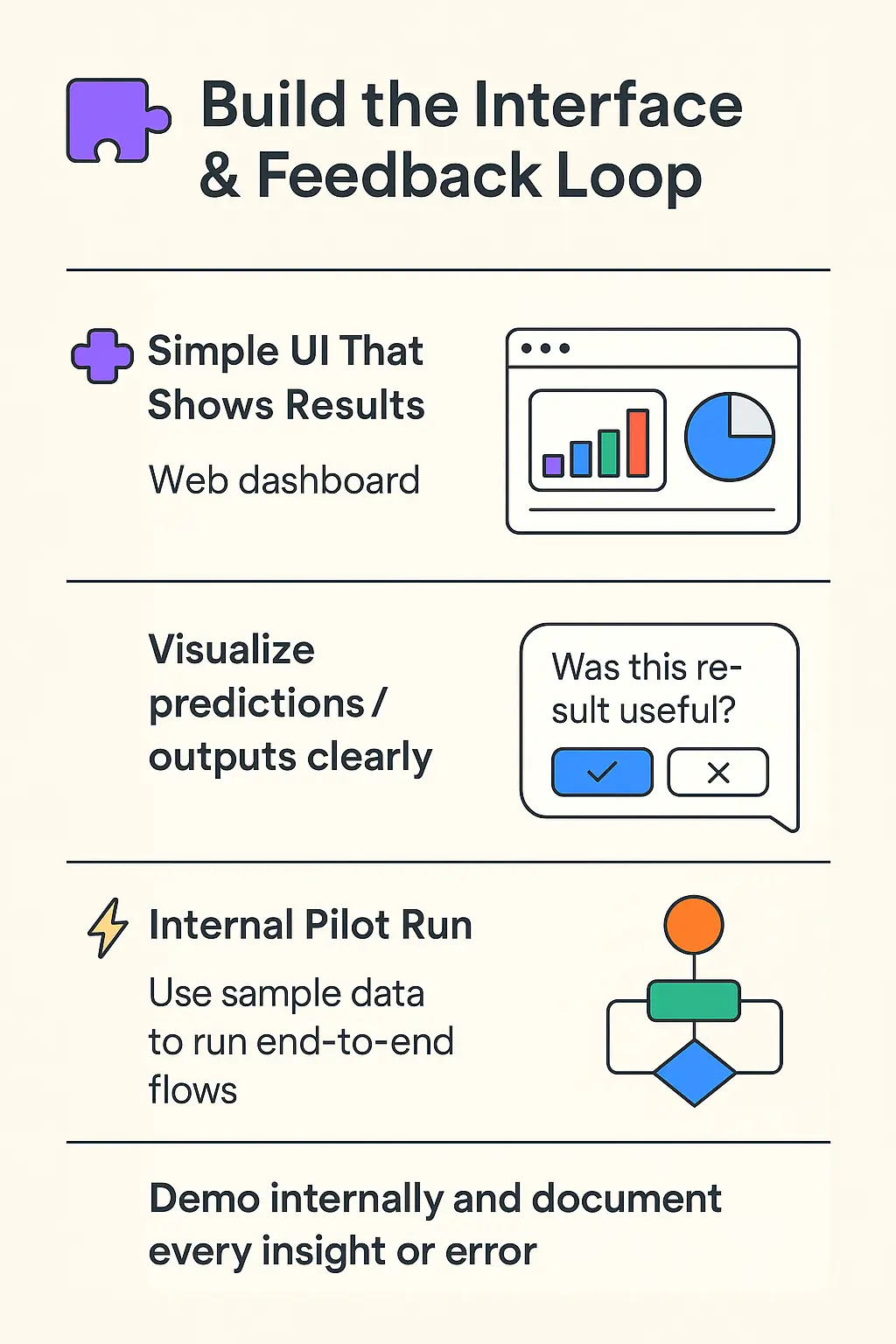
Day 4: Build the Interface & Feedback Loop
A great AI MVP isn’t just intelligent, it feels intuitive. Day 4 is about creating an engaging AI user interface prototype that clearly presents results and invites interaction.
Design a simple, functional AI dashboard MVP using React, Next.js, or Streamlit. Visualize predictions and insights clearly so stakeholders immediately grasp the value. Clarity earns confidence.
Integrate an AI feedback loop, a simple “Was this result useful?” or a rating button that turns user input into continuous learning signals. Then, run an internal pilot with sample data, document feedback, and refine quickly.
By the end of Day 4, your MVP doesn’t just work, it communicates. It’s interactive, insightful, and ready to impress decision-makers.
Day 5: Deploy a Pilot and Gather Evidence
Day 5 is when your MVP leaves the lab and meets reality. This phase is about turning a prototype into proof through a controlled AI POC deployment.
Launch your solution in a sandbox or limited production environment using simulated or real data. Invite a small group of end-users or internal stakeholders to test it for a day or two. Track essential metrics:
- Accuracy vs baseline — how well the model performs compared to the manual process.
- Time savings — measure tangible efficiency gains.
- Qualitative feedback — collect real user insights on relevance and usability.
These numbers transform your prototype into an enterprise AI pilot backed by evidence. For example:
“Our AI assistant handled 40 % of support tickets with 92 % accuracy in just three days.”
Such outcomes become your first AI ROI case study, building credibility and momentum for scaling. By the end of Day 5, your MVP doesn’t just function, it proves its value.
Let’s scale this to your real workflow
Day 6: Review, Refine & Plan Scale
Day 6 focuses on reflection and AI scalability planning, improving what worked, fixing what didn’t, and preparing your MVP for real-world deployment.
- Analyze pilot data to pinpoint where accuracy, latency, or usability can improve. Apply quick iterations to the model or UI to strengthen reliability before scaling.
- Next, establish a lightweight AI governance framework. Define data ownership, retraining frequency, and ethical-use policies. This ensures your AI remains compliant and explainable as it grows.
- Finally, sketch your enterprise AI roadmap. What will it take to move from MVP to production? Outline resource needs, timelines, and technical upgrades for a smooth transition.
By the end of Day 6, your MVP evolves from proof to plan, refined, validated, and ready to scale responsibly.
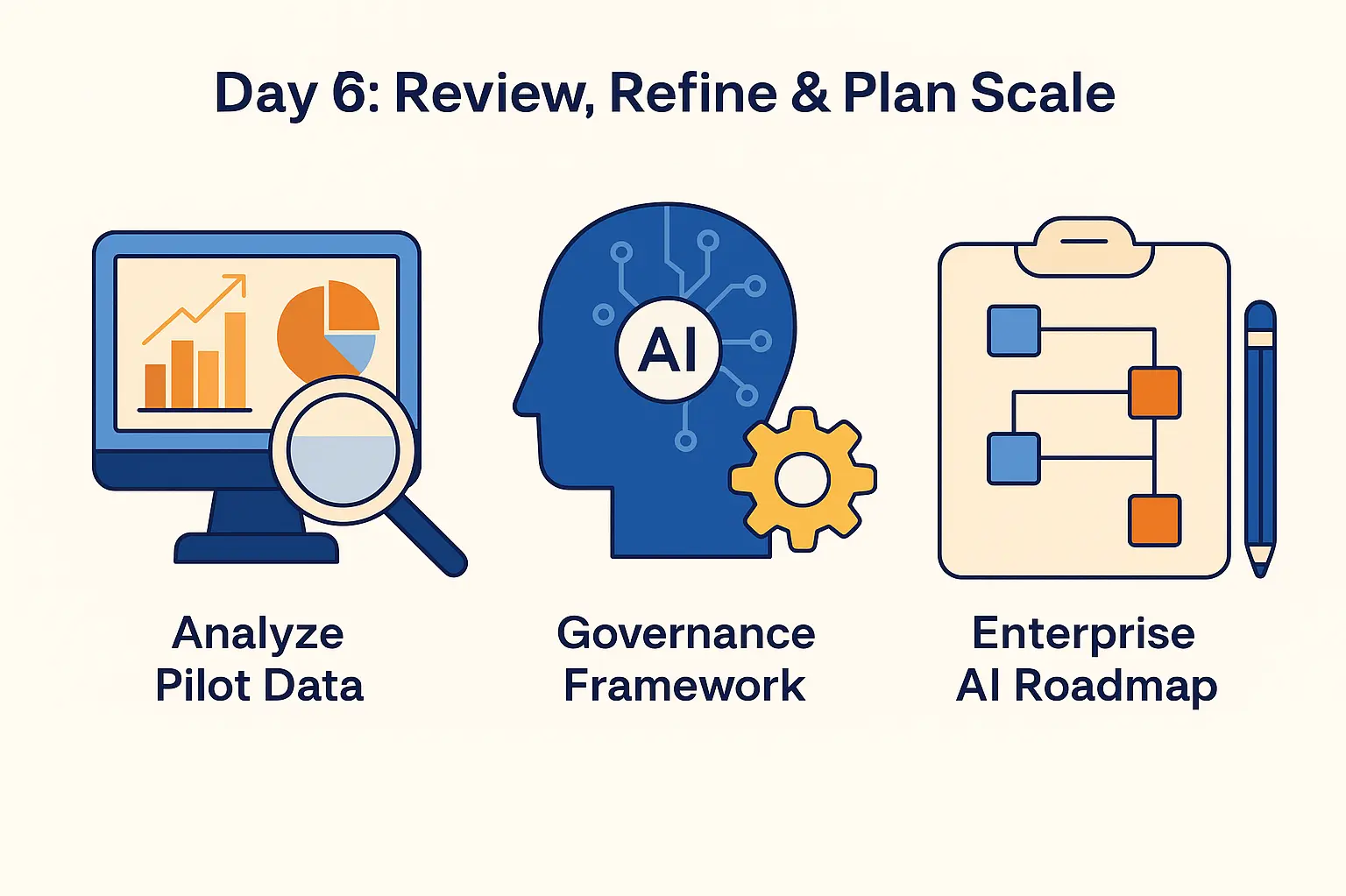
Day 7: Showcase & Convert Momentum to Buy-In
Day 7 is where your MVP transforms from a technical win into a business opportunity. This is the day most teams overlook, yet it’s the moment that converts internal curiosity into real investment.
Lead with a powerful AI MVP presentation. Demonstrate results against the original KPIs and business metrics. Show before-and-after visuals, quick demo clips, or dashboards that tell a clear story, impact over complexity.
When presenting to decision-makers, speak in outcomes, not algorithms. Quantify ROI:
“This MVP can save your team approximately $250K annually with just a two-week integration.”
Your goal isn’t to impress with tech, it’s to make business leaders believe in scaling it. By the end of Day 7, you’ve built more than an MVP, you’ve created an enterprise AI demo that earns buy-in, funding, and momentum.
OUR SUCCESS STORIES
Real Examples from Nyx Wolves

Prince William Sound Science Center (Fish-counting AI monitoring)
Accurately Detecting and Counting Fish to Aid in Weather Research.
WondrYears (Inclusive learning platform)
Online community connecting learners & creators; built by Nyx Wolves.
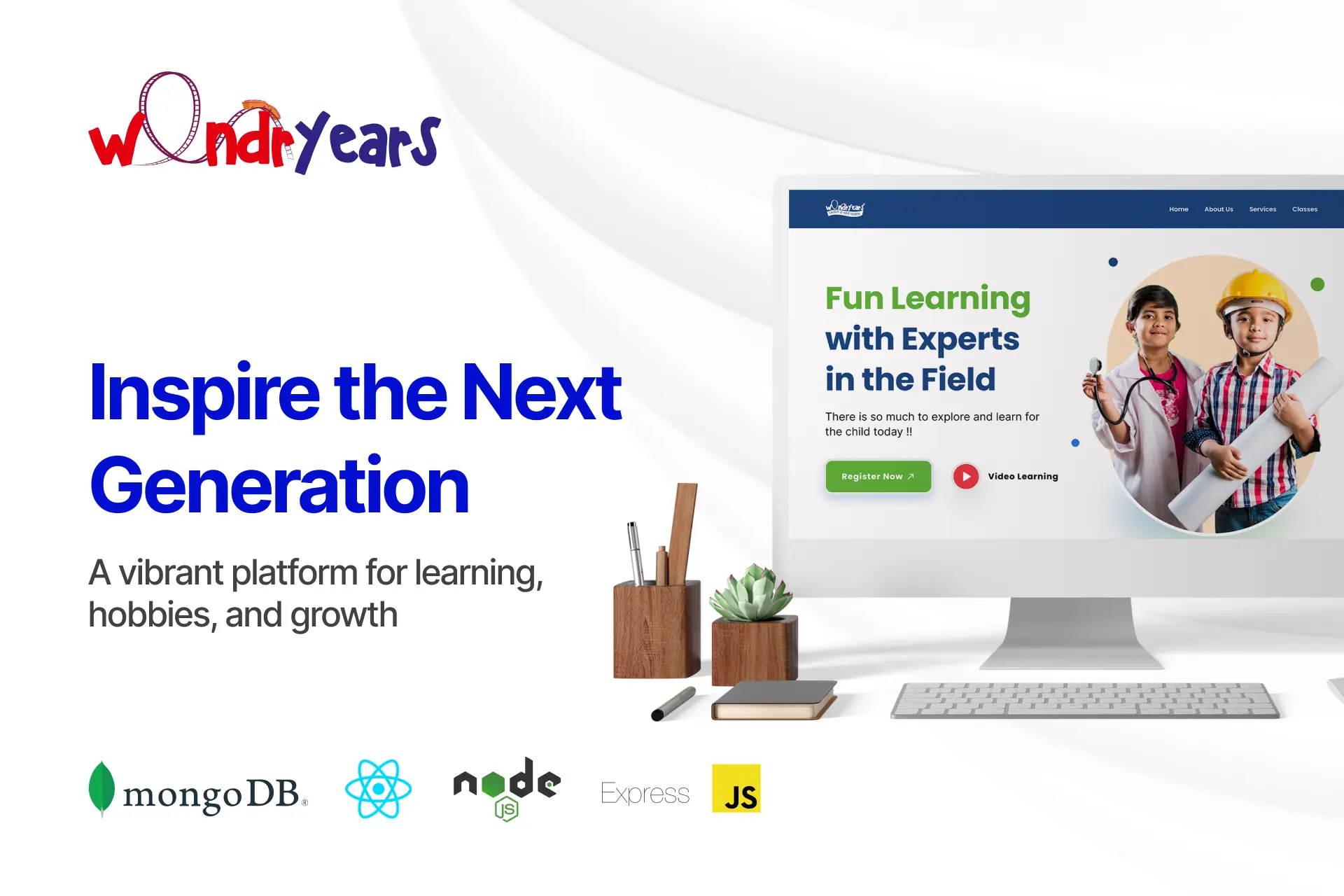
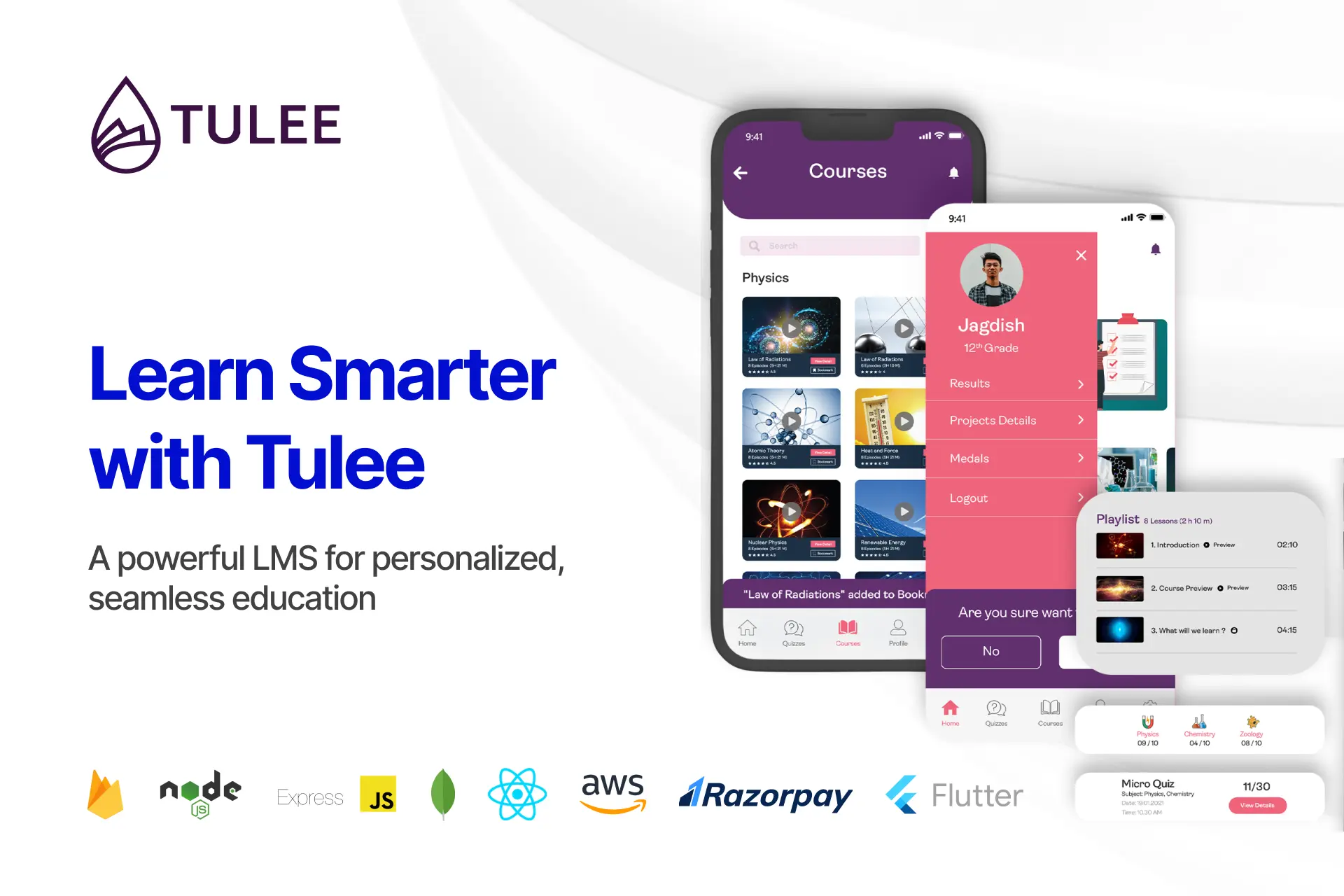
Tulee (LMS platform)
Advanced learning management system with personalized learning, built with Nyx Wolves.
Frequently Asked Questions
Wondering About Something? Let’s Clear Things Up!
We’ve gathered all the important info right here. Explore our FAQs and find the answers you need.
An AI MVP (Minimum Viable Product) is a lightweight version of an AI solution built to validate a business idea fast. It helps companies test feasibility, performance, and ROI in real conditions before committing large budgets, making it the smartest way to start your AI journey.
The 7-day framework compresses months of work into one sprint:
- Day 0: Define goals & KPIs
- Day 1: Audit data & test feasibility
- Day 2–3: Architect & build the AI model
- Day 4: Create interface & feedback loop
- Day 5–7: Deploy, review, and demo results.
This approach keeps you focused on outcomes, not code, ensuring rapid proof-of-value.
You’ll walk away with a working AI pilot complete with measurable ROI, like reduced process time, improved accuracy, or cost savings. Many Nyx Wolves clients have used their MVPs to secure funding or internal buy-in within weeks.
Yes. The process is domain-agnostic and has been applied across logistics, healthcare, retail, education, and manufacturing. The key is aligning your MVP with a specific business KPI. Nyx Wolves tailors the stack, model, and compliance to your sector’s needs.
Every AI MVP we build follows privacy-by-design principles. From Day 0, all environments are isolated with API tokens, secure storage, and adherence to standards such as GDPR, SDAIA, and HIPAA. You get a pilot that’s not only functional but enterprise-ready.

